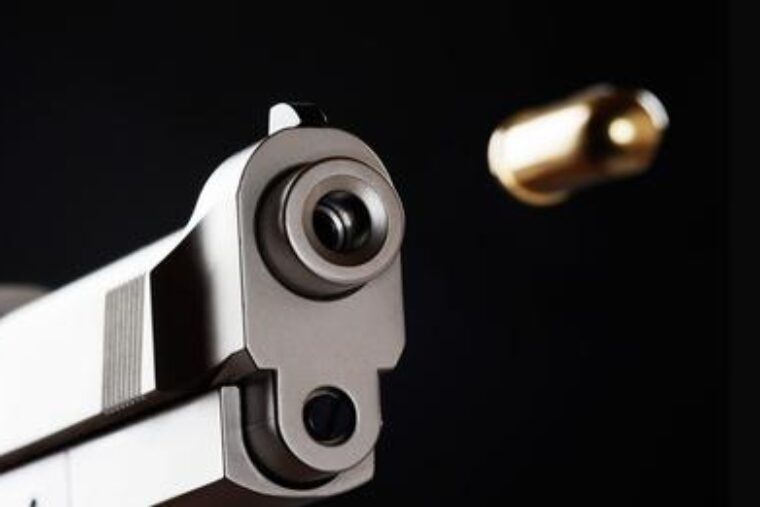“Wow, good article in WIRED (even with the terrible stock photo), but the author is a Green Beret SF medic, so that makes sense. Uncontrolled bleeding is BAD, so make sure you have the tools and the skills to stop it for you and your loved ones!”
STAFF SERGEANT NICK Lavery wasn’t only the most physically imposing Green Beret on our team, he was the most physically imposing soldier any of us had ever seen. He was 6′5″, approaching 280 pounds, and cut like a linebacker—the position at which he excelled, not coincidentally, as a college football player at the University of Massachusetts Lowell. He was a weapons specialist, and an expert in hand-to-hand combatives. If Army scientists and tattoo artists had highjacked a Darpa lab to create the ultimate soldier, they would have created Nick. But that wouldn’t prevent a single gunshot to the leg from nearly killing him.
Most of what we learn about gunshot wounds, we learn from watching television. A small sliver of this programming is actually educational, like the ballistics tests performed on Mythbusters. (Some lessons: Bullets fired into liquids will stop or disintegrate rather than slice through seawater à la Saving Private Ryan, and a weapon that would blow a victim backwards would also blow the shooter back.) But these examples are outliers. Depictions of gun violence in fictional shows and movies are routine, and often wildly imaginative. Those depictions are distorting understanding of what bullets can—or can’t—do to bodies.
As a combat medic in Afghanistan, I treated a variety of gunshot wounds. And as the husband of an emergency room provider at Johns Hopkins Hospital in Baltimore, gun violence has remained—at least peripherally—a significant part of my life. This year, murder rates in Baltimore are on track to surpass death tolls generated by the crack epidemic. Through conversations I’ve had with ER doctors at Johns Hopkins, in addition to my own combat experience, I can offer a few tips you won’t learn at the movie theater. This isn’t just about exposing Hollywood sophistry: It’s about knowing what to do if you ever find yourself near or among the 297 or so people in America who are shot each day in homicides, assaults, suicides, suicide attempts, accidental shootings, and police interventions.



